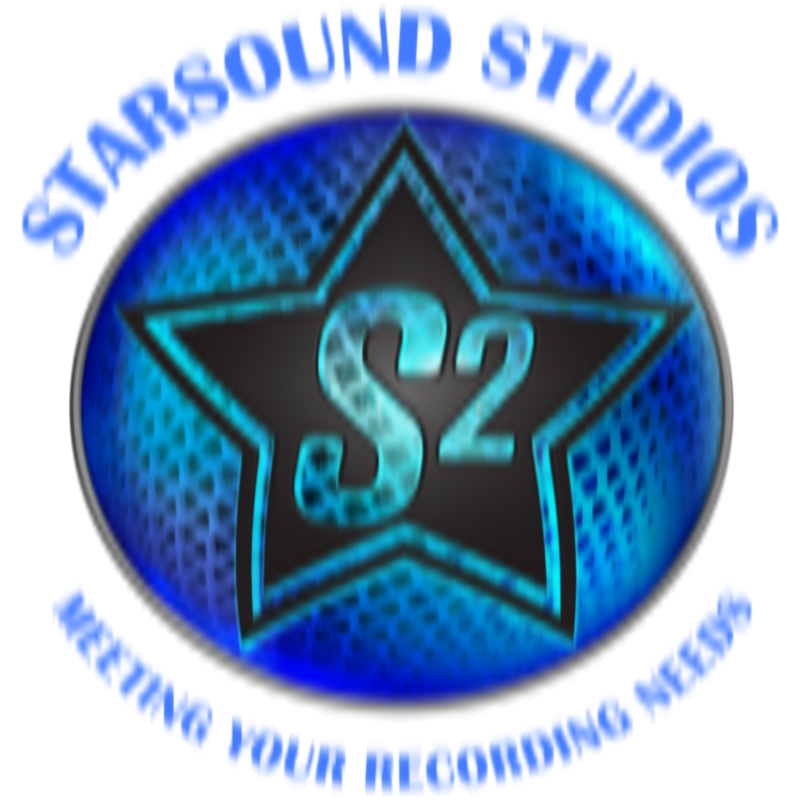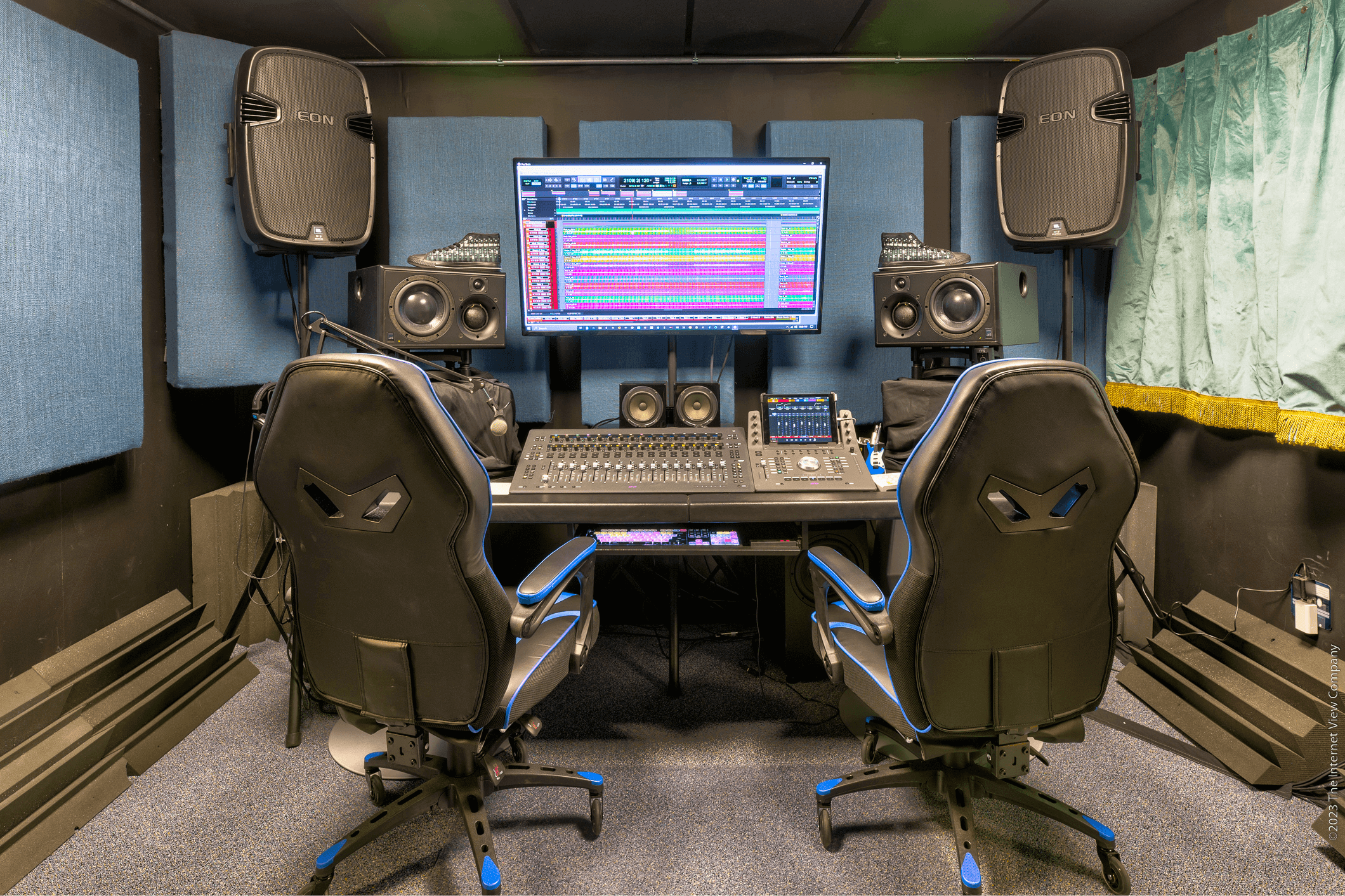Transform Your Music: the Right Recording Services
Dive into the heart of modern music creation, where the studio mixing console stands as both the centerpiece and cornerstone, shaping soundscapes and transforming audio into mesmerizing sonic experiences.
The Evolution of Studio Mixing Consoles
The journey of studio mixing consoles from bulky analog behemoths to sleek digital interfaces mirrors the dynamic landscape of music production. In the 1960s, the introduction of multi-track recording necessitated a leap forward, birthing the first generation of consoles that allowed for more complex sound manipulation and layering.
Throughout the 70s and 80s, the quest for clarity and control gave birth to modules with more precise EQ settings, fader automation, and effects busses, markedly improving the auditory quality and versatility of music production.
Entering the digital age, the 90s and beyond welcomed a transformative shift to digital consoles. These powerhouses offered unprecedented control over sound, opening up a new realm of possibilities with software integration, virtual effects, and remote accessibility.
How Studio Mixing Consoles Shape Sound
At its core, a studio mixing console functions as the central nerve system of audio production, precisely blending individual tracks into a coherent whole. The tactile satisfaction of sliding faders, twisting knobs, and pressing buttons allows engineers to shape the final product intuitively.
EQ adjustments, dynamic processing, and effect application are just the beginning. Consoles enable nuanced control over timbre, dynamics, and spatial positioning, making the difference between a flat recording and a vibrant, emotional experience.
Furthermore, the console's routing capabilities allow for sophisticated signal flow setups, enabling complex audio manipulation and creative sound design not possible in the purely digital realm.
Innovations in Studio Mixing Console Technology
Innovation in studio mixing console technology continues at a breakneck pace, driven by the relentless pursuit of better sound quality, more intuitive interfaces, and integration with digital audio workstations.
Touchscreens, automation, and total recall functionalities have transformed modern consoles into highly flexible tools, allowing engineers to save and replicate complex setups with the touch of a button.
Additionally, the advent of remote mixing capabilities means that the physical location of the console is no longer a limit. Producers and engineers can adjust mixes from across the globe, collaborating in ways that were once unimaginable.
Networked audio technology has also revolutionized how signals are routed and processed, enabling higher track counts, reduced latency, and more efficient studio configurations.
The Future of Music Production - Studio Mixing Console Plugins
SSL has launched its plugin version of the aforementioned consoles. It allows you to put it across multiple tracks and act as if it were a console. It imparts the sound of its counterpart much in the same way. it also allows you to choose an era, the 1970's, 1980's or the 1990's console sound.
How do you control the plugins? SSL has a series of control surfaces that work in concert with their plugin creation. The surfaces are USB HUI protocol. Here at Starsound, we have the control surfaces and plugins in both of our studios - Studio A and our Dolby Atmos Mixing Studio.
Using either method - real, or plugin - you will get that pure analog sound we all know and fell in love with.

